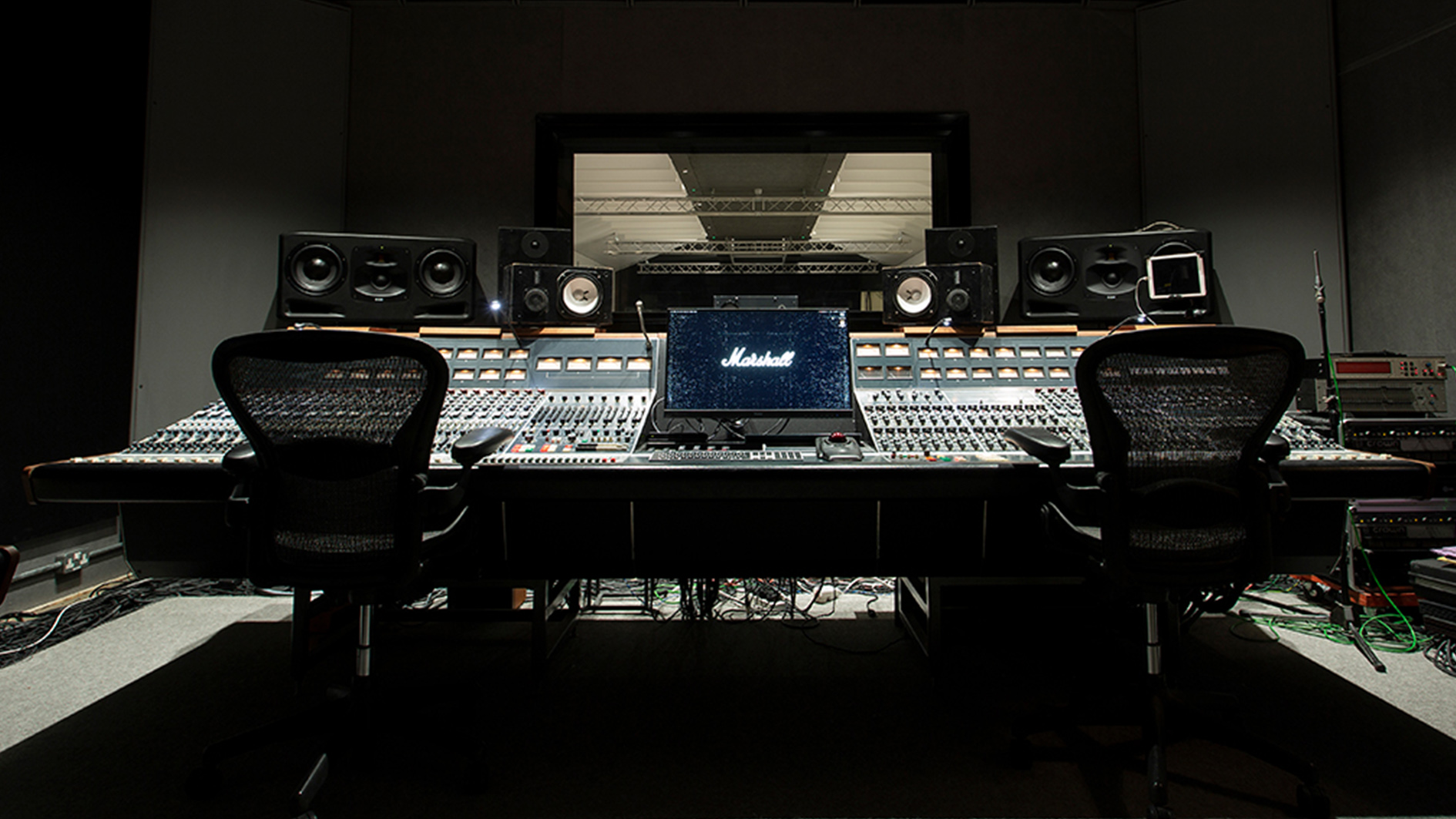Fascination About Bear Creek Studio

Things about Ultraviolet Recording Studio - Princeton ODUS
g., a group of backup singers), rather than separating them, and placing the entertainers and the microphones strategically to capture the complex acoustic and harmonic interplay that emerged during the performance. In Click Here For Additional Info , modern sound stages still sometimes utilize this method for big movie scoring projects that use large orchestras.

Recording Services — Sono Luminus - Recording Studio & Record Label

Recording Booths - Portable Recording Studio - Portable Recording Booth

RECORDING
Examples include George Martin's AIR Studios in London, the renowned Columbia Records 30th Street Studio in New York City (a transformed Armenian church, with a ceiling over 100 feet high), and the Decca Records Pythian Temple studio in New york city (where artists like Louis Jordan, Bill Haley and Friend Holly were taped) which was likewise a big modified church that included a high, domed ceiling in the center of the hall.
As the requirement to move audio material between various studios grew, there was an increasing need for standardization in studio design throughout the recording market, and Westlake Recording Studios in West Hollywood was highly prominent in the 1970s in the development of standardized acoustic design. In New York City, Columbia Records had some of the most highly respected sound recording studios, consisting of the Columbia 30th Street Studio at 207 East 30th Street, the CBS Studio Building at 49 East 52nd Street, Liederkranz Hall at 111 East 58th Street between Park and Lexington Opportunities (a structure built by and previously belonging to a German cultural and musical society, The Liederkranz Club and Society), and one of their earliest recording studios, "Studio A" at 799 Seventh Avenue.
Things about Lost Recording Studio – 21st century recording

It was hard to separate all the performersa major factor that this practice was not utilized just since recordings were normally made as live ensemble 'takes' and all the entertainers required to be able to see each other and the ensemble leader while playing. The recording engineers who trained in this period found out to take advantage of the complex acoustic impacts that could be created through "leakage" in between different microphones and groups of instruments, and these technicians became incredibly experienced at catching the special acoustic properties of their studios and the artists in performance.
